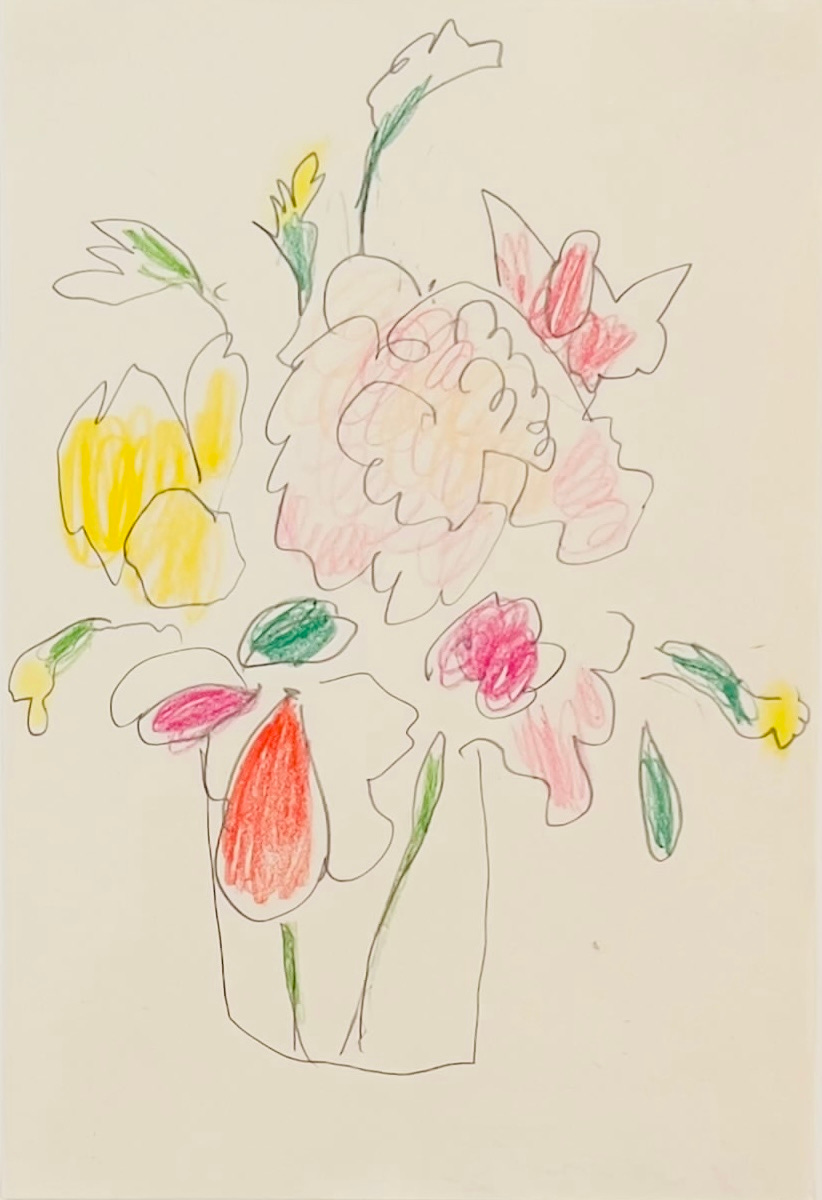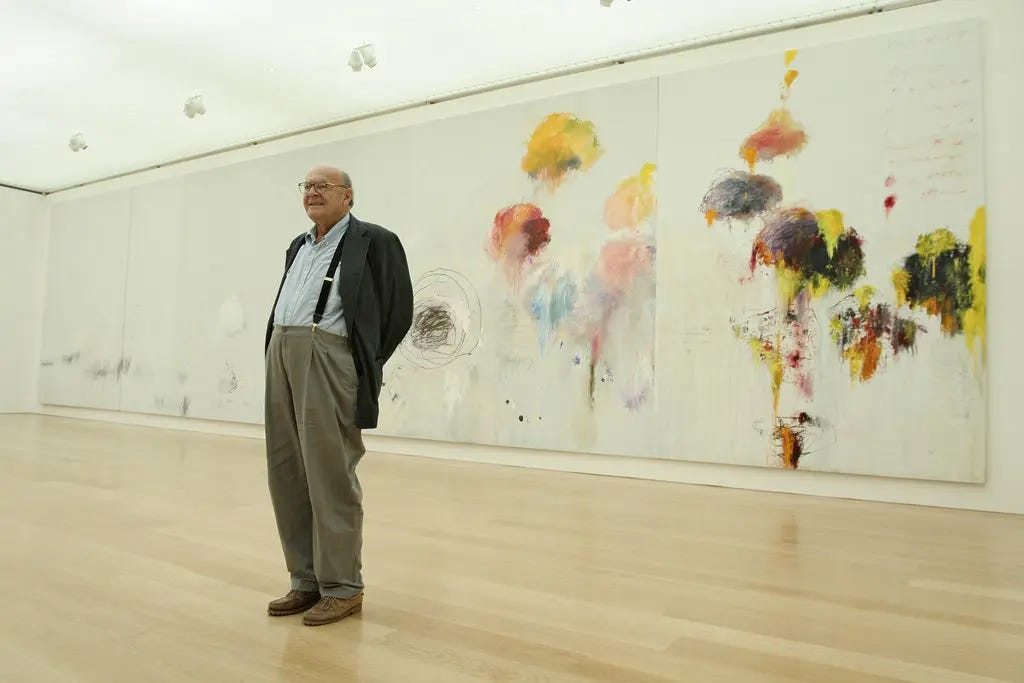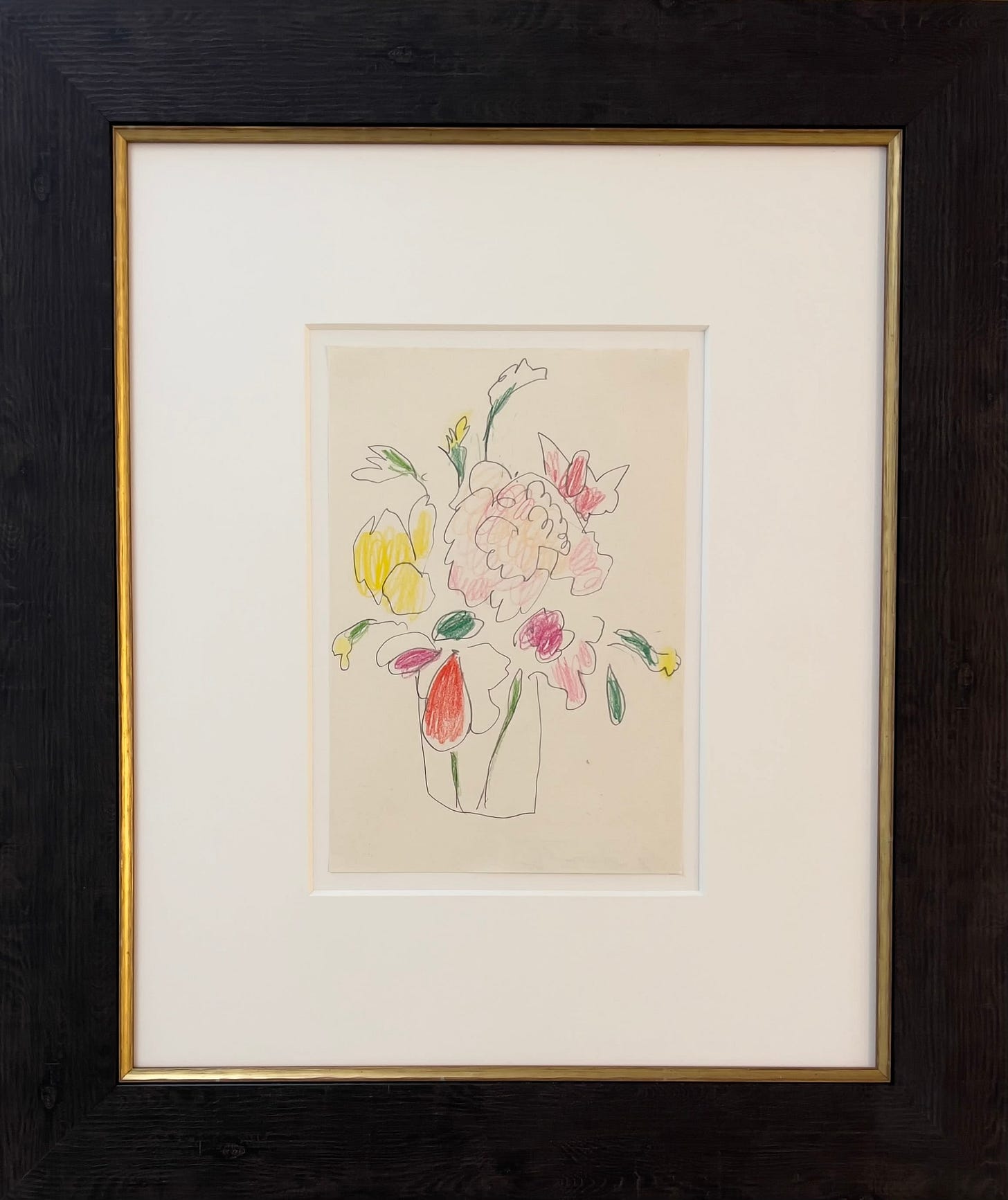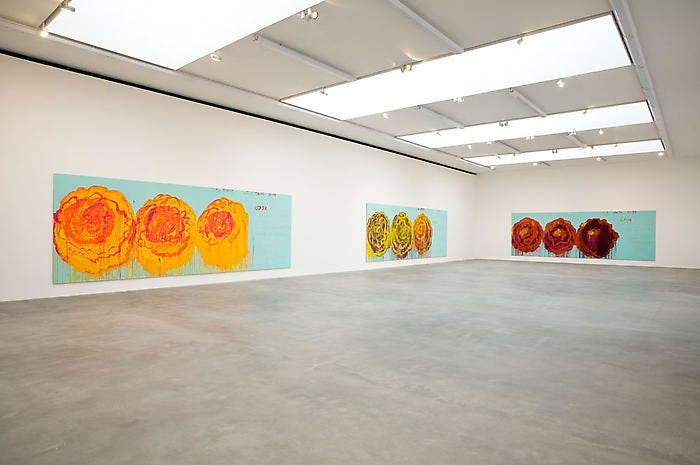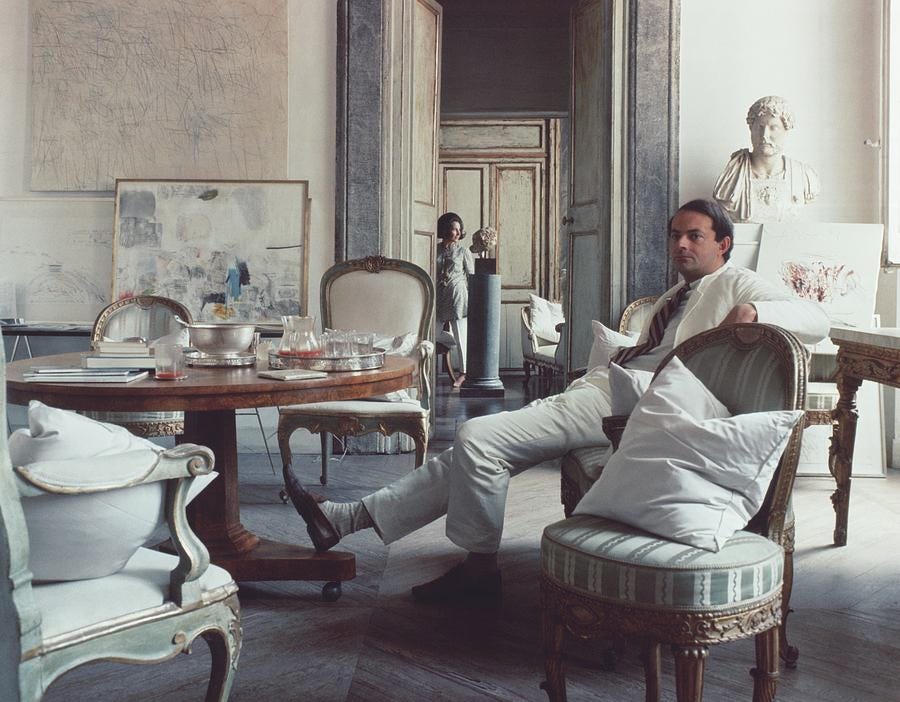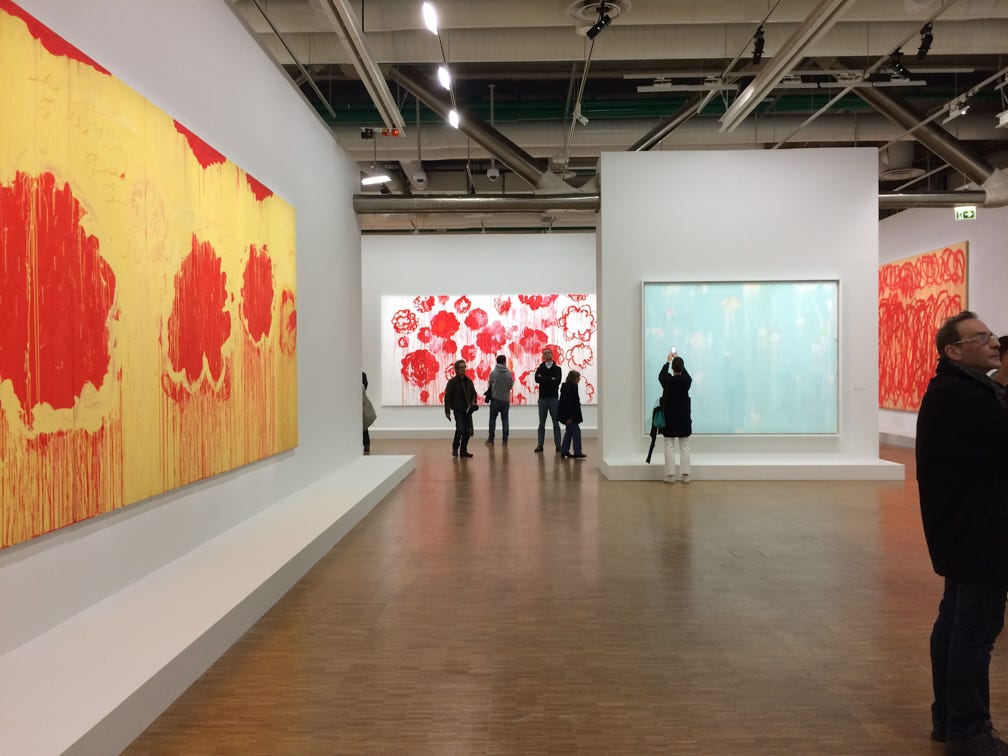Exceptional Works: Cy Twombly
Cy Twombly's Early Floral Vocabulary from the 1960/70s
Weekly writing about the art market and the convergence of art and technology. By day, I’m a partner at the Robert Fontaine Gallery and a data science consultant. By night, I write Artxiom, ideas at the intersection of art, technology, and finance.
If you haven’t subscribed, join today by subscribing here:
Exceptional Works: Cy Twombly
“I swear if I had to do this over again, I would just do the paintings and never show them.”
- Cy Twombly
Cy Twombly
Flowers, 1960/'70
signed on the reverse
pastel and graphite on paper
12 1/4 x 8 1/4 in.
31 x 21 cm.
PROVENANCE
-Private collection, FL
-Artwork registered in the Fondazione Cy Twombly, curated by Nicola del Roscio
“No artist of the twentieth-century has dramatized so expressively or incisively the range and force of the drawn line as has Cy Twombly.”
While Cy Twombly's flower paintings and drawings from the 1960s remain less prominent in his oeuvre compared to his celebrated later floral works like the Peony Blossom Paintings and The Rose series from the 2000s (Fig. 4), these earlier works marked a formative period where the artist first began exploring natural motifs within his abstract and gestural style.
During this period, Twombly was living primarily in Rome, having moved to Italy in the late 1950s. The Mediterranean environment profoundly shaped his artistic evolution as he developed his distinctive style, blending Abstract Expressionism with classical and mythological references, graffiti-like marks, and a distinctly Italian sensibility. His major works from this decade, including the Ferragosto series (1961) and Leda and the Swan (1962), often incorporate organic, bodily, or natural forms that can include floral or plant-like imagery even though these elements emerge more as poetic suggestions than literal representations.
Twombly's engagement with nature during the 1960/70s differed markedly from his later, more explicit flower paintings. Rather than depicting recognizable blooms, floral motifs emerged indirectly through swirling, biomorphic shapes or as part of his broader fascination with cycles of growth, decay, and transformation. This approach reflected both his Italian surroundings and his deep engagement with classical mythology, creating a visual language where flowers became metaphors for larger themes of desire, creation, and destruction.
Throughout these 1960s and 1970s works, Twombly's floral motifs maintained several distinctive characteristics. Unlike his 2000s flower paintings with their recognizable peonies and roses, the earlier floral references remained highly abstract, appearing as looping lines, smudges, or rounded shapes that suggested petals or blooms without literal representation. His materials of choice such as pencil, crayon, and oil paint on paper or canvas, created delicate yet chaotic compositions, while the muted palette contrasted sharply with the vibrant colors of his later floral works. These early explorations drew inspiration from multiple sources: his Italian environment with its Mediterranean landscape and lush vegetation, classical mythology, and poets like Rainer Maria Rilke, whose work he would later quote in his flower paintings. The gestural, calligraphic style and fascination with nature's cycles that characterize these early pieces would persist throughout his career, ultimately culminating in the fully realized Peony Blossom Paintings and The Rose series.
The critical reception of Twombly's early works reflected the polarized art world of the time. Critics in the New York art scene often found his loose, graffiti-like style challenging, while his European audience, particularly in Italy, appreciated the poetic and historical depth of his work. The floral or organic elements in these pieces were understood as part of his broader exploration of nature and myth. Over time, however, these early works have gained recognition as pivotal in establishing Twombly's unique artistic voice, creating a bridge between Abstract Expressionism and his later, more lyrical style.
Ultimately, Cy Twombly's flower-related works from the 1960/70s may not possess the explicit botanical focus of his later masterpieces, but they reveal an artist already deeply engaged with natural imagery as a vehicle for exploring profound themes of growth, decay, desire, and transformation. These early experiments with organic forms, influenced by his Italian surroundings and mythological interests, laid the essential groundwork for his more vivid and celebrated floral explorations in the 2000s, making them crucial to understanding the full arc of his extraordinary artistic journey.
Today, works from this period, including those with floral-like motifs, are held in major institutions such as the Museum of Modern Art, the Whitney Museum of American Art, and the Cy Twombly Foundation.
For more information about Flowers 1960/’70s, inquire below:
Thanks for reading! Subscribe here to receive Artxiom in your inbox each week:


